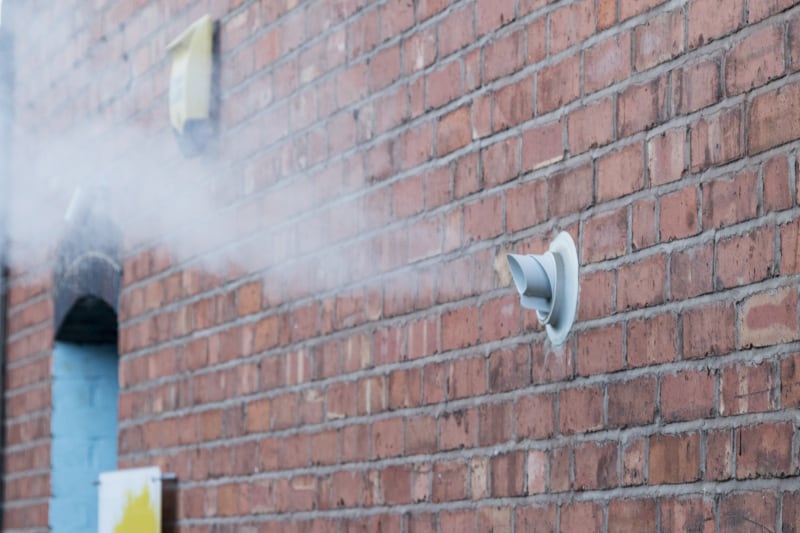Long story short.
We have decided to remove the late Victorian lath & plaster wall in the bedroom (North facing and cold) and replace with metal stud work and insulation & plasterboard.
During the searching for bits and pieces a video by Roger (Skill Builder) popped up (cookies) that runs all the rooms heating via skirting and it got our attention, as these things do and tbh I considered it one that would be worth sharing here for those doing building work, or looking for other options for their rooms.
I do not own that company, work for them or receive a commision by posting this.
It is even possible for the confident home DIY'er to install, which makes this system quite attractive.
We have decided to remove the late Victorian lath & plaster wall in the bedroom (North facing and cold) and replace with metal stud work and insulation & plasterboard.
During the searching for bits and pieces a video by Roger (Skill Builder) popped up (cookies) that runs all the rooms heating via skirting and it got our attention, as these things do and tbh I considered it one that would be worth sharing here for those doing building work, or looking for other options for their rooms.
I do not own that company, work for them or receive a commision by posting this.
It is even possible for the confident home DIY'er to install, which makes this system quite attractive.
Last edited:




